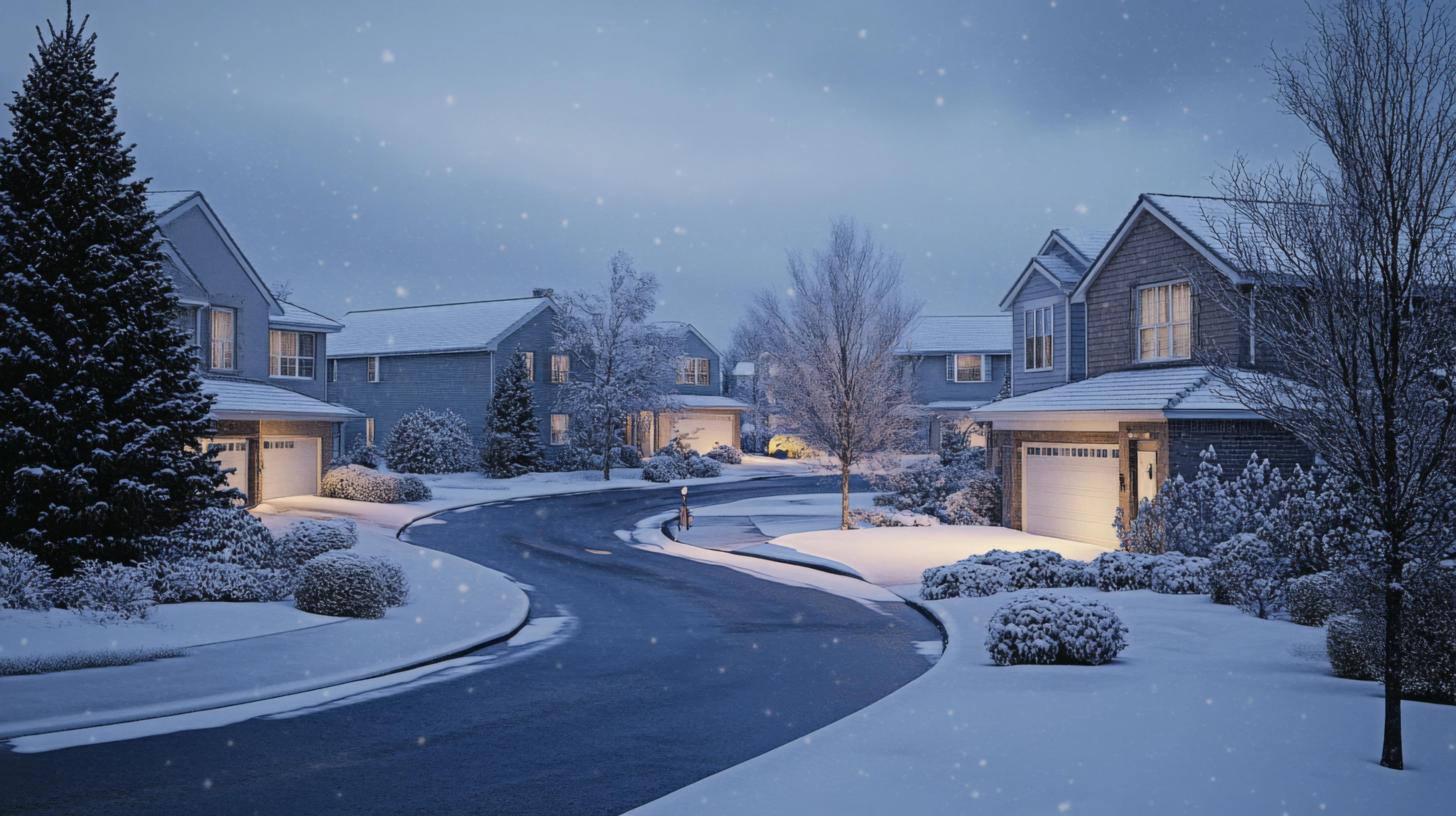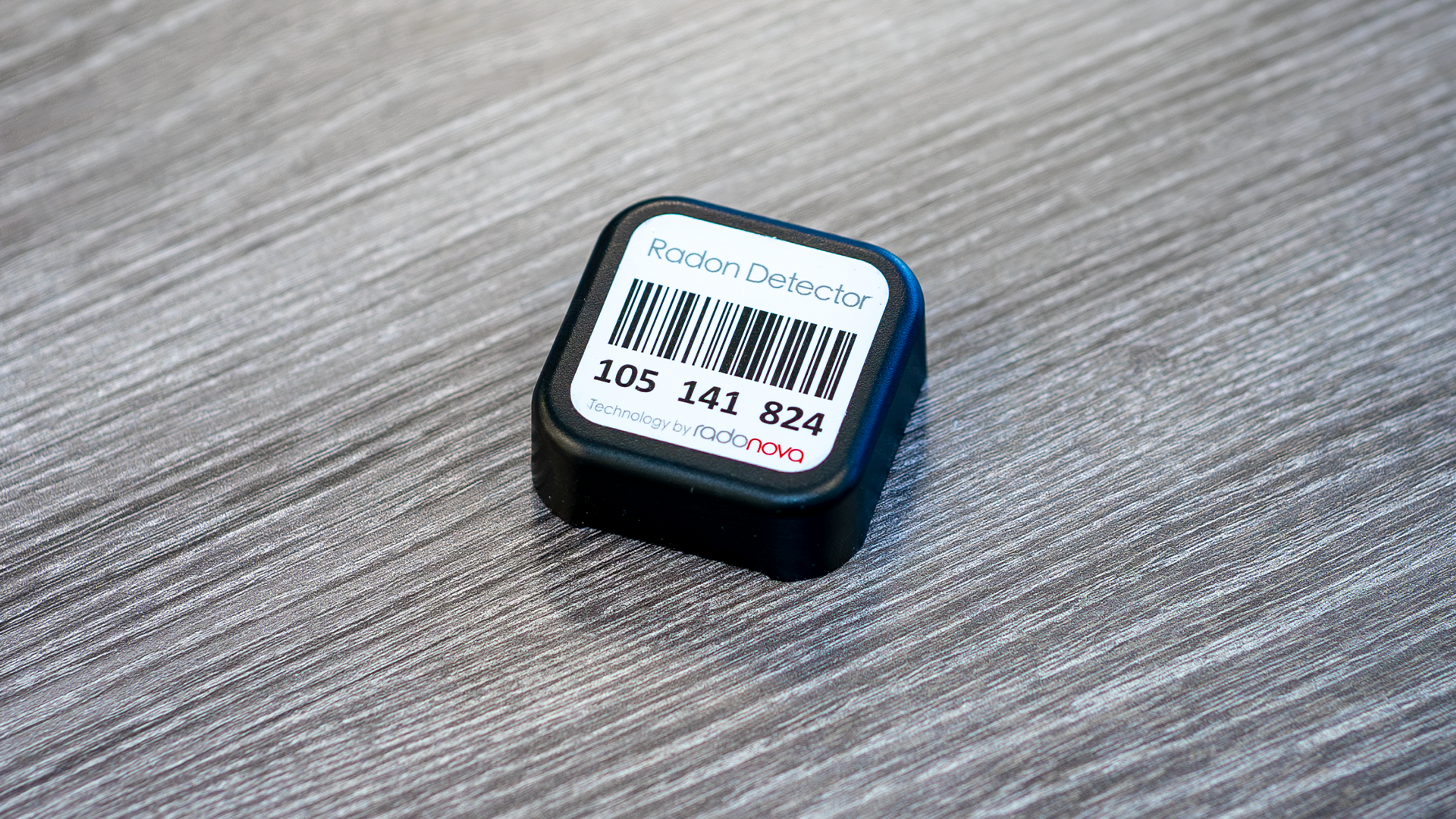

Why Test for Radon in the Winter
Home radon levels change from season to season as the soil around your home grows drier or wetter. There are specific reasons why it is important to test for radon during winter months.
Heating and ventilation
A key reason for measuring the annual average value of radon during winter is that homes and workplaces are tightly sealed to retain heat in order to keep people warm. This causes the radon that seeps in to have less chance of being ventilated out.
Snow and ice
Snow and ice in the soil surrounding homes forms a layer that blocks radon from being diluted into outdoor air which causes it to seek an escape route into your home. Radon then enters homes through cracks, sump holes, and cavities in the foundation.
Stack effect
During winter months outdoor temperatures are lower (colder) than indoor temperatures. This increases indoor air pressure. Then, as warm air rises within the home it pulls radon up with it. Acting somewhat like a vacuum, the process is often called the “chimney effect”.
Time spent indoors
People tend to spend more time indoors during the freezing cold winter months. If a home has high radon, the home occupants have increased risk of radon exposure during these months.
Energy efficiency
Energy-efficient and environmentally friendly homes are designed to keep heat in during the winter. Conversely, they are also designed to not let any air conditioning out during the summer.
Because of the increase in energy-efficient homes built since 1992, recent studies show that indoor radon exposure is becoming increasingly uniform across seasons.
Radon fluctuates
If you test in the winter months and have low radon levels, it is important to test again during summer months. Conversely, if you test for radon in the summer and levels are low it is recommended that you test again during the winter months.
If your last radon test was low, try taking the next scheduled radon test during a different season. Instead of waiting a full two years to test again in the spring, try testing a few months early so you can measure radon levels in the winter.
Click here to stay informed about radon industry news and product discounts.




